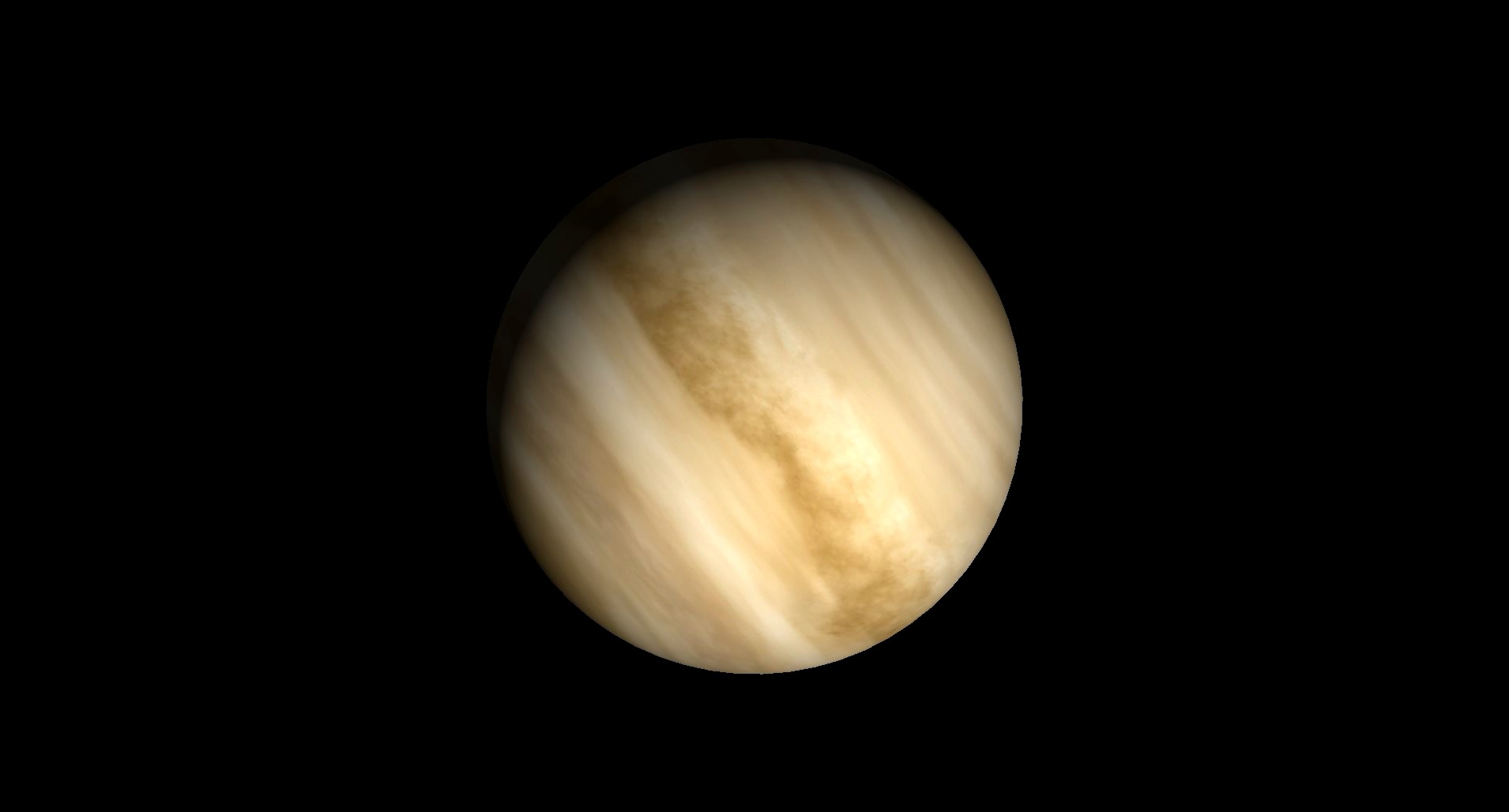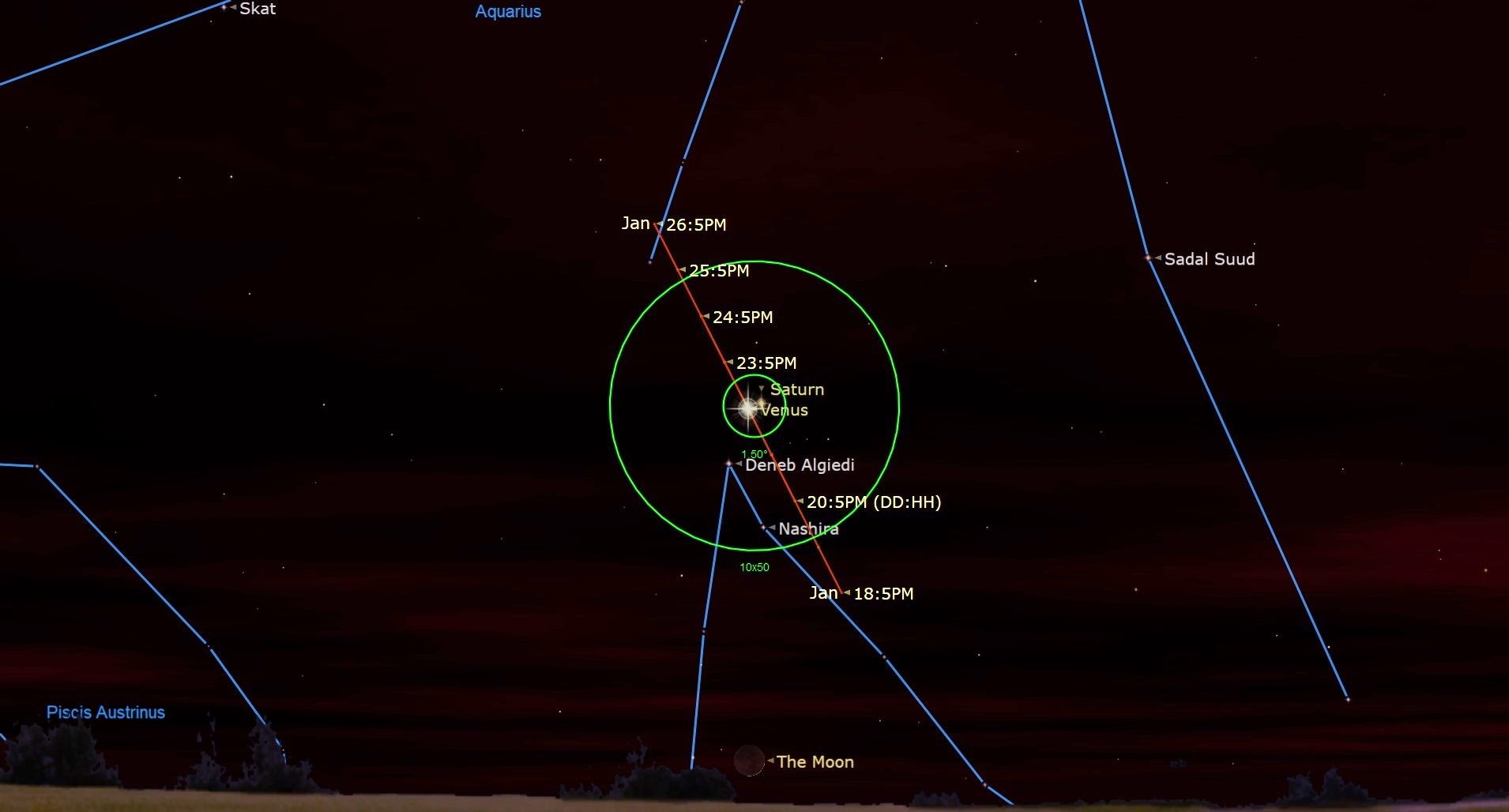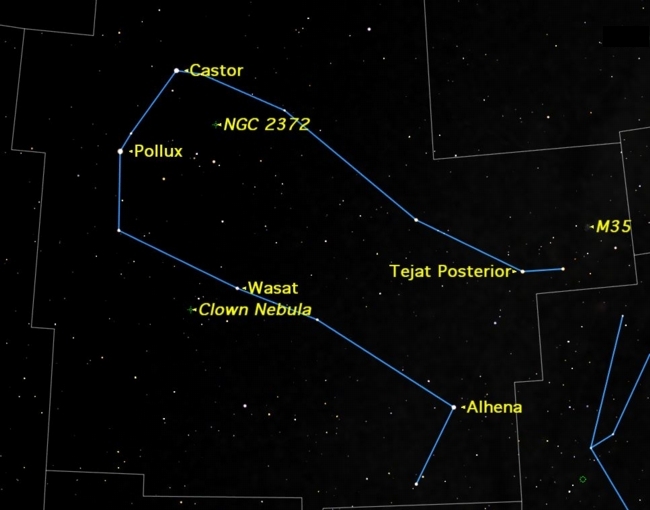
The planet Venus is the undisputed star of the night skies this year.
Venus, now in our southwest sky for about two hours after sunset, is almost like a stellar sequined showgirl, currently starring nightly in her brilliant performance. Viewed during evening twilight, this planet appears dazzlingly bright to the naked eye and even more so in binoculars.
To those who monitor it from week to week in telescopes, it is ever changing and ever fascinating. More on that a little later.
Related: Venus: The scorching second planet from the sun
Summit meetings with other worlds
A rather tight conjunction between Venus and the ringed planet Saturn will take place on Sunday (Jan. 22).
Then, on the evening of March 1, Venus and Jupiter will hold another celestial rendezvous, appearing only about one-half degree apart. They will appear side-by-side, Venus gleaming to the right of Jupiter. At magnitude -4.0, Venus will be about six times as bright as its yellow neighbor.
Less than a week earlier, a 2.5-day-old crescent moon will form a narrow and striking isosceles triangle, with Jupiter and the moon separated by only 1.5 degrees, while Venus sits 7 degrees below both. Here is a challenge for amateur photographers: Try to capture the two planets, the narrow sliver of the crescent moon (just 9% illuminated by the sun), with perhaps some Earthshine on its unilluminated portion, and any residual twilight glow silhouetting the western horizon.
Get the Space.com Newsletter
Breaking space news, the latest updates on rocket launches, skywatching events and more!
Read more: What time is the conjunction of Venus and Saturn on Sunday (Jan. 22)?

Staying up late with Venus
This is going to evolve into an exceptional evening apparition for Venus. Back on Jan. 13, the planet set about 90 minutes after sunset and — for the first time — right after the end of evening twilight in a completely dark sky. From then on, those watching it night-by-night during the following weeks and months will notice that it is making an unusual excursion far into the deep-nighttime sky, setting some 3½ hours after the sun by the third week of May.
Many astronomy books often will say that Venus is usually long gone from view by around midnight, making it all that much more difficult to believe that Venus will be staying up as late as 11:45 p.m. daylight saving time during this upcoming mid-May timeframe. This will be after midnight for those living in Pittsburgh, Atlanta, Des Moines and Salt Lake City. In the most extreme cases, it could be after 12:30 a.m. on daylight saving clocks in some cities that are far to the west of their standard time meridians, such as Boise, Bismarck, Indianapolis and Flint.
The show continues into early summer
On May 21, look for Venus shining below the "Twin Stars" of the Gemini constellation, Castor and Pollux. To the upper left of the Gemini Twins shines Mars and far to the lower right of Venus will be a skinny crescent moon. The next night, the moon will have shifted closer to Venus.
On June 4, it arrives at its greatest eastern elongation. It will then be 45 degrees from the sun, one eighth of a way around the ecliptic. At magnitude -4.3, the planet will certainly be eye-catching, nearly twice as bright as it appears to us now.
Right after sunset on June 21 — the first day of summer — gaze toward the west-northwest for a lovely crescent moon accompanied to its lower left by Venus.


Want to get a closer look at Venus? We recommend the Celestron Astro Fi 102 as the top pick in our best beginner's telescope guide.
Between now and July, repeated observation of Venus with a small telescope will show the complete range of its phases and disk sizes. The planet currently displays a tiny, dazzling gibbous disk (93% illuminated). It will become noticeably less gibbous by mid-spring.
In early June, Venus reaches dichotomy (displaying a "half-moon" shape). Then, for the rest of the spring into early summer it displays an increasingly large crescent as it swings near the Earth. Indeed, those using telescopes will note that while the Earth-Venus distance is diminishing, the apparent size of Venus' disk will grow, doubling from its present size by May 27. When it has doubled again in size on July 16, its large crescent shape should be easily discernable even in steadily held 7-power binoculars.
Transition into the predawn skies
The time of when Venus reaches the pinnacle of its great brilliance comes midway between greatest elongation and conjunction with the sun — on July 7 — when it reaches an eye-popping magnitude of -4.7. With this burst of glory Venus will then quickly slide into the solar glare, setting just shy of 2 hours after the sun and shortly before the end of evening twilight on this night.
By the end of July, however, it will be setting only about 25 minutes after sunset and will have relinquished it tenure as a prominent evening object.
But the "Venus Show" will not be over, for a repeat performance begins in mid-August, this time in the morning sky and with the sequence of events reversed, reaching peak brilliance again on Sept. 19, glowing like a beacon in the predawn eastern sky.
On Nov. 9, be sure to set your alarm clock for 5 a.m. and then head outside to a location with an unobstructed view toward the east-northeast to see the most spectacular Venus/moon pairing of 2023. Finally, on Christmas morning, those attending early morning services will see Venus shining like a brilliant "star in the east" rising nearly three hours before the sun.
Truly this is Venus' year!
If you don't have all the gear you need to see Venus this year, our guides on the best telescopes and best binoculars are a great place to begin. If you're looking to snap photos of Venus or anything else in the night sky, check out our guides on the best cameras for astrophotography and best lenses for astrophotography.
Editor's Note: If you take a great photo of Venus this year and would like to share it with Space.com's readers, send your photo(s), comments, and your name and location to spacephotos@space.com.
Joe Rao serves as an instructor and guest lecturer at New York's Hayden Planetarium. He writes about astronomy for Natural History magazine, the Farmers' Almanac and other publications. Follow us @Spacedotcom, or on Facebook and Instagram.
Join our Space Forums to keep talking space on the latest missions, night sky and more! And if you have a news tip, correction or comment, let us know at: community@space.com.

Joe Rao is Space.com's skywatching columnist, as well as a veteran meteorologist and eclipse chaser who also serves as an instructor and guest lecturer at New York's Hayden Planetarium. He writes about astronomy for Natural History magazine, Sky & Telescope and other publications. Joe is an 8-time Emmy-nominated meteorologist who served the Putnam Valley region of New York for over 21 years. You can find him on Twitter and YouTube tracking lunar and solar eclipses, meteor showers and more. To find out Joe's latest project, visit him on Twitter.









